Capital Carbon Expands rCB Capacity To Tackle Supply Chain Issues
- By Gaurav Nandi
- January 14, 2025
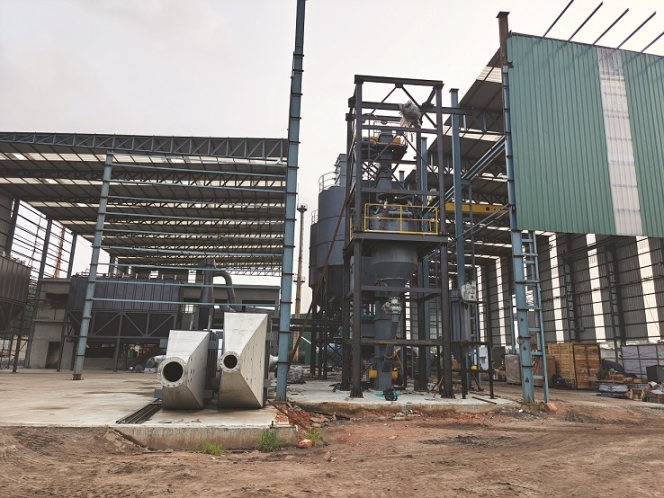
The Tamil Nadu-based company’s greenfield expansion will propel its rCB capacity from 5,000-20,000 metric tonnes. Director Ravi Rathi explained that there has been a change in attitude towards rCB within tyre companies, leading to heightened demand.
Tamil Nadu-based Capital Carbon is expanding its recovered carbon black (rCB) capacity by 15,000 metric tonnes with a new greenfield project at Gummidipoondi. The plant is slated to become operational by January 2025 and boost the capacity from 5,000 metric tonnes to 20,000 metric tonnes, annually.
Speaking to Tyre Trends, Director Ravi Rathi explained, “The decision to pursue a greenfield expansion in the rCB sector stemmed from the rapid development of this innovative product over the past four to five years. Given our background in the pyrolysis business, expanding into rCB felt like a natural progression. rCB is still a relatively new product and both manufacturers and users are in the process of learning about its applications. When we first began exploring this market, around four years ago, it was challenging. Many tyre manufacturers would dismiss our proposals even before we could present our case as they were hesitant to incorporate recycled materials into their mainstream formulations.”
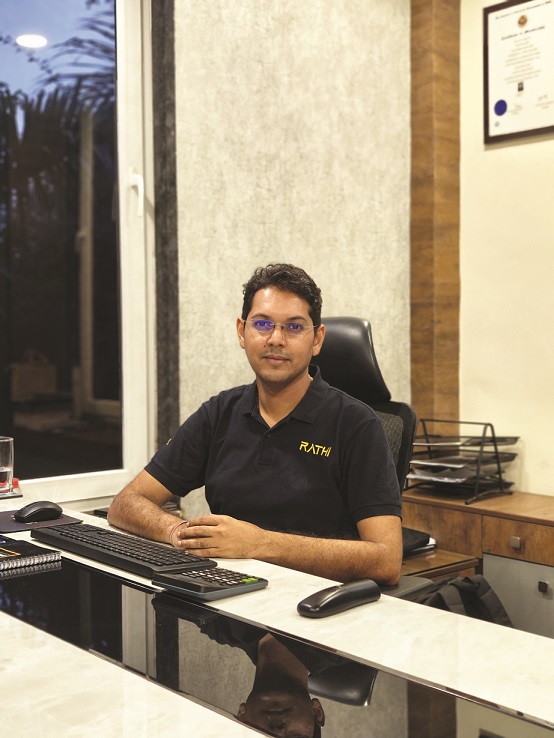 “However, in recent years, attitudes have shifted significantly due to increasing emphasis on sustainability and circular economy principles. The industry is now more open to integrating green products. We started with a modest capacity of 5,000 metric tonnes per annum, which allowed us to gain insights into customer needs. Gradually, we scaled our operations from small quantities to commercial sales. The key driver for our recent expansion is customer demand. We have obtained product approval, and customers are eager to purchase rCB,” he added.
“However, in recent years, attitudes have shifted significantly due to increasing emphasis on sustainability and circular economy principles. The industry is now more open to integrating green products. We started with a modest capacity of 5,000 metric tonnes per annum, which allowed us to gain insights into customer needs. Gradually, we scaled our operations from small quantities to commercial sales. The key driver for our recent expansion is customer demand. We have obtained product approval, and customers are eager to purchase rCB,” he added.
He also noted that companies wanted assurance that the demands could be met consistently, which was also a factor behind the expansion. Furthermore, having multiple units also allows the company to manage any potential supply chain issues, effectively. “If a minor problem arises in one unit, we can still supply material from another, minimising disruptions for our customers,” said Rathi.
The entire CAPEX for the greenfield plant is set at INR 20 crore.
Pyrolysis to rCB
Capital Carbon commenced operations in 2012 with a modest pyrolysis capacity of 10 tonnes per day. Over the years, it has consistently expanded its capacity, increasing to 150 metric tonnes per day. The company has also bolstered its backend operations, enhancing sourcing capabilities and adding substantial shredding and crumbing capacity.
Additionally, Capital Carbon has focused on value-added products including pyrolysis oil distillation and rCB. As of now, it operates a shredding capacity of 120,000 metric tonnes per annum for captive consumption. This capacity is supplemented by sourcing contaminated tyre bales, which typically have 20-30 percent rubber contamination. This material is cleaned to yield 98 percent pure steel, with the remaining rubber used for pyrolysis, creating a separate business vertical.
Currently, the company processes approximately 50,000 to 52,000 metric tonnes of tyres per annum through its pyrolysis operations. In terms of value addition, Capital Carbon produces between 20,000 to 24,000 tonnes of pyrolysis oil, annually.
When asked about the motivation behind establishing a pyrolysis plant, Rathi noted, “My father worked at Birla Carbon and retired in 2019. Although we lacked prior business experience, we were inspired by the industrial upbringing and the promising potential of the pyrolysis sector. Following the completion of my chartered accountancy studies, I decided to pursue this opportunity.”
He acknowledged that pyrolysis often has a negative reputation in India, where it is sometimes viewed as a ‘dirty business’. To combat this perception, Capital Carbon prioritises quality management and environmental responsibility in its operations. IT employs fuel-based heating methods in its pyrolysis process as electric heating is generally not feasible due to the high volumes involved in tyre pyrolysis. The initial heating requires some fuel, which can include biomass or pyrolysis oil, but the system becomes self-sufficient once it reaches a certain temperature.
The primary outputs from the pyrolysis process include fuel oil, carbon char (used as raw material for rCB or as an alternative energy source for cement plants), steel wires and pyrolysis gases, which are utilised for heating purposes.
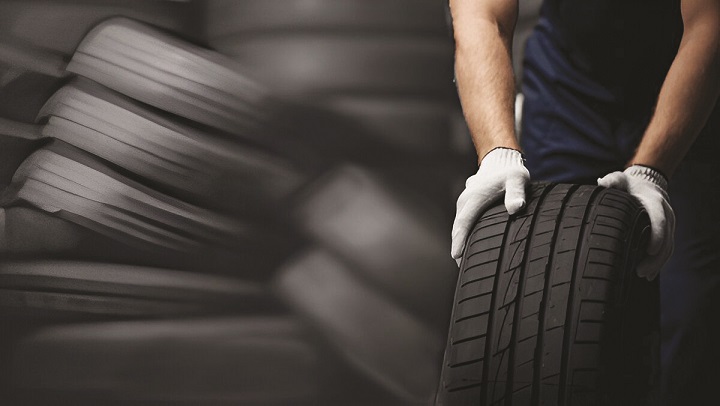
He highlighted that the pyrolysis oil produced is of high quality with low sulfur and carbon content, making it cleaner than many conventional heating fuels used in India.
Quality control
The company’s sourcing strategy primarily focuses on domestic suppliers. It procures rejected tyres and dealer returns from various companies, which constitute a substantial portion of the feedstock. This local sourcing approach ensures that it maintains a steady supply of raw materials
Following sourcing, the production of recovered carbon black involves several critical steps. Initially, tyres are shredded to extract carbon black, steel and other components. The distinction in product application necessitates tailored processing methods.
For instance, producing carbon char for energy requires less stringent technical specifications compared to producing carbon black intended for high-performance applications, such as tyre manufacturing or footwear.
“The quality of the final product begins with meticulous sorting of tyres to determine suitability for pyrolysis. This initial step is vital for ensuring consistent output quality. Following sorting, the tyres are shredded into steel-free rubber chips of 15-20 millimetres. During pyrolysis, we focus on maintaining specific quality parameters for the pyrochar produced. This includes stringent controls to limit ash content, which must remain below 20-22 percent to ensure product consistency. The handling of impurities such as wires and stones in the pyrochar is essential. Post-processing, the pyrochar is milled to fine particle sizes (10-15 microns), enhancing its surface area for better compatibility with rubber compounds,” explained Rathi.
Once the recovered carbon black is processed, palletisation becomes the next step. This method streamlines handling and ensures that the product meets industry standards. While the equipment resembles that used for traditional carbon black, adaptations are necessary to accommodate the unique characteristics of recovered carbon black.
“To facilitate customer adoption, we offer tailored packaging solutions including 25kg paper bags, EVA / LDPE bags and FIBC bags, allowing clients to integrate our products seamlessly into their existing production processes,” he added.
As the industry evolves, the need for standardised quality benchmarks for recovered carbon black has become increasingly clear. Major corporations have driven this change, leading ASTM to establish a dedicated committee (D36) focused on developing specific standards for recovered carbon black. Unlike conventional carbon black, which adheres to existing standards, recovered carbon black requires new metrics to account for its varied origins and compositions.
The committee is currently validating a series of standards including moisture content, pallet hardness and particle size analysis, specifically for rCB. This ongoing development is slated to enhance product credibility and facilitate broader market acceptance.
Commenting on the same lines, Rathi mentioned, “We maintain a dedicated quality lab to refine our production processes continually. Our focus on evolving our offerings has resulted in the introduction of two new grades of recovered carbon black, aimed at meeting diverse market needs. Our commitment to leveraging advanced machinery and improved grinding techniques reflects our proactive approach to quality enhancement and capacity expansion.”
Optimistic market outlook
The demand for recovered carbon black in India is poised for significant growth, driven by a strong shift toward sustainability. Customers are increasingly seeking high-quality suppliers, indicating a burgeoning market for rCB.
“Globally, rCB production currently accounts for less than one percent of total carbon black production, underscoring a substantial opportunity for expansion. As customer awareness and demand for sustainable products increase, we anticipate a corresponding rise in rCB consumption,” informed Rathi.
He added, “Many major corporations have committed to achieving carbon neutrality by 2050, necessitating immediate action to integrate green and circular products into their supply chains. As these companies strive to meet their net-zero targets, they are turning to recovered materials such as rCB to fulfil sustainability mandates. Our role is crucial in assisting these customers to achieve their goals through the production of eco-friendly and circular products derived from end-of-life tyres.”
Speaking on market opportunities, he said, “India remains our largest market, but we are also making significant inroads into Sri Lanka. The European market is particularly promising, though it presents challenges related to certifications and distribution. We are currently working on obtaining the necessary certifications, including ISCC Plus, to unlock this market potential.”
“Our immediate focus is on completing our current expansion project, after which we will enhance our pyrolysis capacity to align with the growing demand from our customers. As the volumes of recovered carbon black usage increase, we aim to be ready with sufficient supply,” he added.
He expects to penetrate the European market by the first half of FY26, following the completion of the current plant expansion.
Challenges in scaling production
“One of the primary challenges in scaling rCB production is the scarcity of raw materials. The supply of suitable feedstock is diverse and scattered, making it difficult to source consistently. In the past, customers struggled to understand the differences between recovered carbon black and virgin carbon black grades, often asking if we could produce specific grades like L550 or L660. However, as knowledge in the market has matured, customers are increasingly recognising that rCB is a distinct material requiring tailored processing approaches,” informed Rathi.
Kraton To Streamline Berre Polymer Operations Focus
- By TT News
- October 26, 2025
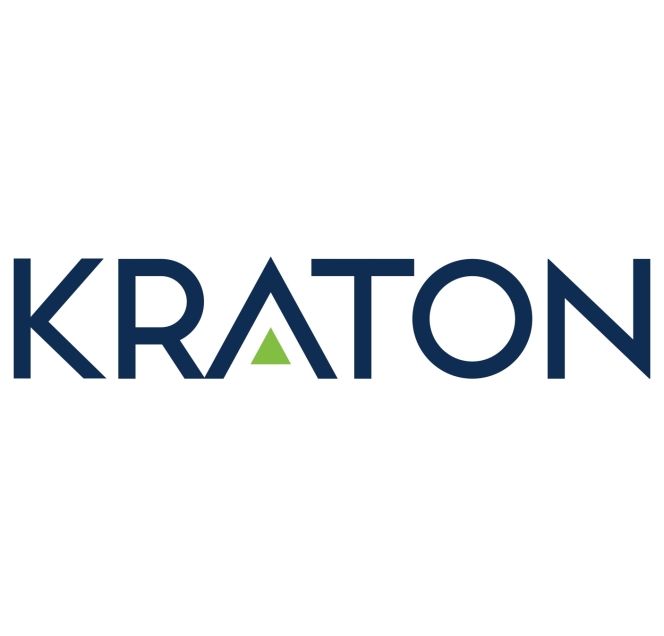
Kraton Corporation, a leading global producer of speciality polymers and high-value biobased products derived from pine chemicals, has revealed a new strategic initiative for its Berre, France facility. The plan involves streamlining its polymer operations to concentrate exclusively on manufacturing USBC products, which will result in the cessation of HSBC production at that site.
This move is designed to bolster Kraton's long-term competitiveness by optimising its manufacturing footprint in reaction to a global overcapacity for HSBC. The company has formally started an information and consultation process with the local Works Councils, with a final decision expected following this mandatory period. The company has reaffirmed its commitment to supplying HSBC from its broader global network and to leveraging its worldwide presence to continue adapting to market demands.
Prakash Kolluri, President, Kraton Polymers, said, “Our aim with this plan is to strengthen Kraton’s long-term competitive position by optimising our manufacturing footprint in response to changing market dynamics associated with global overcapacity of HSBC production capability. With this step, we are preparing Kraton for a sustainable future by securing Kraton’s position as the leading global HSBC producer. Kraton is fully committed to supporting our customers through this transition with supply of HSBC products produced within our unmatched global manufacturing network. We recognise the impact of these actions, and are committed to a safe, respectful and supportive transition. The health, safety and well-being of the employees remain our top priorities.”
Continental Advances Circular Economy In Tyres By Expanding Use Of Recycled Materials
- By TT News
- October 23, 2025
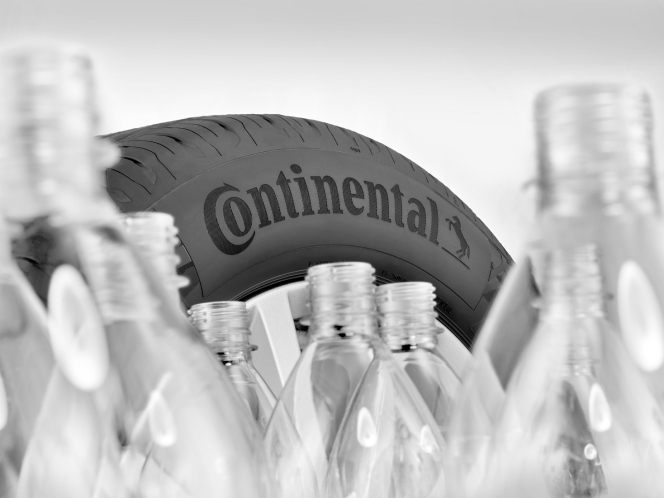
Continental is accelerating its transition towards a circular economy by systematically increasing the use of renewable and recycled materials in its tyres. The company, which averaged a 26 percent sustainable material share in 2024, has set an ambitious target to raise this to at least 40 percent within five years. This strategy involves not only internal innovation but also actively encouraging its supply chain to develop and provide more sustainable raw materials.
A critical area of development is finding green alternatives for reinforcement materials like steel and textiles, which are essential for tyre safety, durability and performance. These materials can constitute over 18 percent of a passenger car tyre, and even more in commercial vehicle tyres. Continental is already integrating recycled steel and is pioneering the use of polyester yarn made from recycled PET bottles. Depending on the tyre size, the carcass of a single passenger car tyre can incorporate the equivalent of up to 15 bottles. This recycled polyester, developed with partner OTIZ, is verified to cut CO₂ emissions by approximately 28 percent compared to conventional materials and is already featured in production tyres like the UltraContact NXT.
The company's sustainable material portfolio extends beyond reinforcements. It includes synthetic rubber derived from used cooking oil, bio-based resins from waste streams and silica obtained from rice husk ash. Complementing these material advances is a commitment to greener manufacturing processes. Together with Kordsa, Continental has developed COKOON, an adhesion technology that bonds textiles to rubber without harmful chemicals. In a move to uplift the entire industry, this innovative solution has been made available to all tyre manufacturers as a free, open-source license, demonstrating Continental's broader commitment to fostering industry-wide sustainability.
Dr Matthias Haufe, Head of Material Development and Industrialization, Continental Tires, said, “We are not reinventing the wheel – but we are reinventing the tyre, with more sustainable materials and more environmentally compatible production processes. It’s not just about the rubber itself. We also focus on the materials that give the rubber its shape and make tyres stable and safe. Recycled steel and polyester yarn made from recycled PET bottles are important for more sustainable tyre production. Our goal is to use at least 40 percent renewable and recycled materials in our tyres within five years. Every alternative material brings us an important step closer to this goal. When it comes to sustainability, it’s not just the materials we switch to, but also those we deliberately do without.”
Pyrum To Break Ground On Perl-Besch Recycling Plant On 14 November 2025
- By TT News
- October 22, 2025
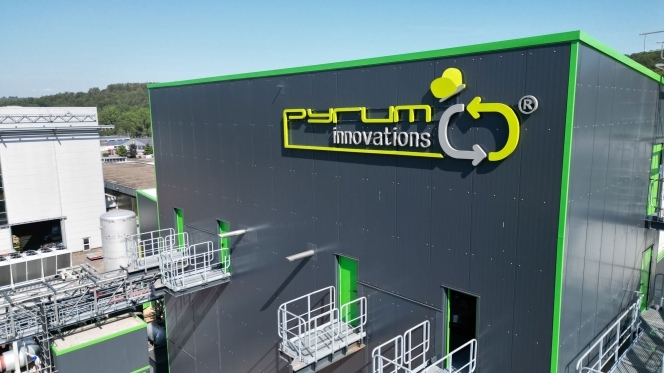
Pyrum Innovations AG has officially announced that it will break ground on its next wholly-owned recycling facility in Perl-Besch on 14 November 2025. This new facility is a landmark project for the company, designed to be its largest to date and more than double its existing recycling capacity by processing in excess of 22,000 tonnes of used tyres each year.
The financial framework for this expansion is already taking shape. The project is supported by a diversified funding strategy that includes drawing on a EUR 25 million credit line from BASF and a committed debt financing term sheet from a major European bank. Finalising the package is contingent upon an agreement with Saarland authorities regarding land costs. Crucially, securing the Perl-Besch financing will unlock access to further substantial funding, including a second loan tranche from BASF, paving the way for additional projects in the company's rollout plan.
From a technical and logistical perspective, the Perl-Besch plant will be a state-of-the-art operation. It will be constructed on a 25,000-square-metre site in the strategically important border triangle of Germany, France and Luxembourg. The integrated facility will comprise a shredder plant, three next-generation Pyrum reactors, its own power plant and a grinding and pelletising plant. Insights gained from the existing plant in Dillingen are being directly applied to optimise construction and commissioning, aiming for a faster ramp-up to full production. The site was selected for its superior logistical advantages, offering direct connections to the Moselle River, railway lines and a nearby motorway to efficiently manage material flows from across Europe.
This new facility is central to Pyrum's financial roadmap, with the company projecting it will reach break-even upon its commissioning in 2027. Achieving this milestone is anticipated to create significant momentum and provide a solid foundation for the accelerated rollout of the company's broader project pipeline.
Pascal Klein, CEO, Pyrum Innovations AG, said, “Now that all the legal formalities have finally been clarified – development plan, planning permission and access to the site – we can hardly wait for things to visibly get underway. In the background, planning is already well advanced: The site has been prepared, numerous plant components with long delivery times – so-called long leads – have been ordered and the architect’s tenders for the ground work are underway. During construction, we will also benefit from the experience we have gained from the expansion of our main plant in Dillingen, so we are planning to start production in Perl-Besch in 2027.”
Capital Carbon Successfully Commissions New Greenfield rCB Facility
- By TT News
- October 21, 2025
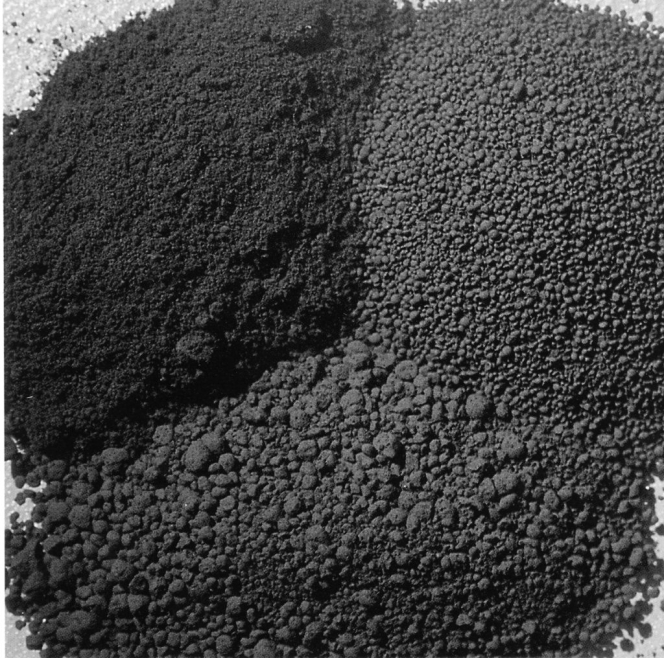
Capital Carbon, a brand under India's Rathi Group, has successfully commissioned its new greenfield Recovered Carbon Black (rCB) facility in Gummidipoondi, Tamil Nadu. This development dramatically boosts the group's total rCB manufacturing capacity to 20,000 metric tonnes per year, a significant rise from its previous 5,000-tonne capacity.
The group distinguishes itself through complete vertical integration, handling the entire process from shredding end-of-life tyres to pyrolysis. This operation transforms waste into valuable materials, including rCB, fuel oil, steel wires and pyrolytic gas. The company utilises this gas for process heating, while the carbon char is either refined into rCB or supplied to cement plants as a sustainable energy source.
Ravi Rathi, Director, Rathi Group, said, "As Recovered Carbon Black gains wider acceptance, the industry continues to prioritise quality and consistency – and that's exactly what we've focused on addressing.”


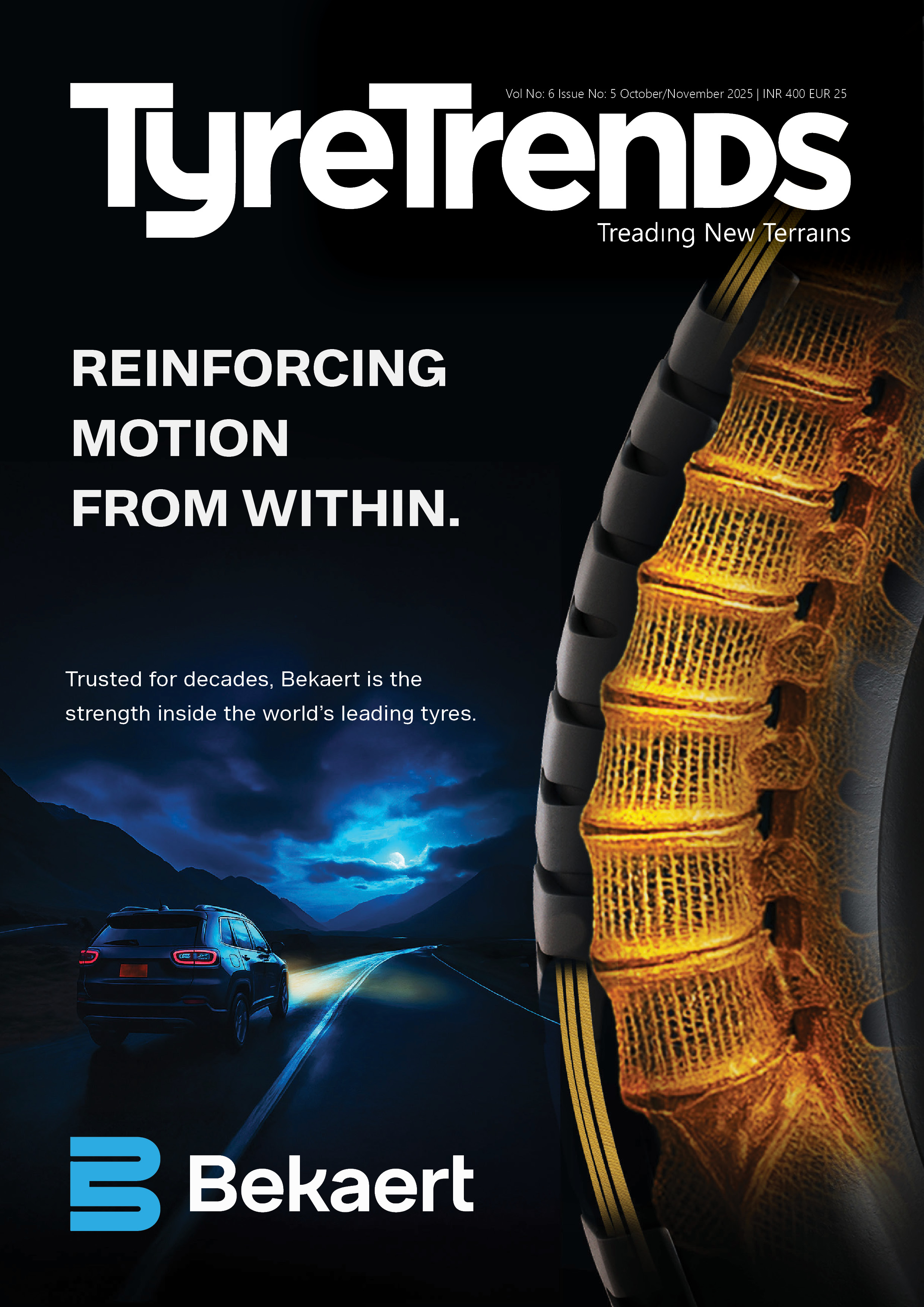



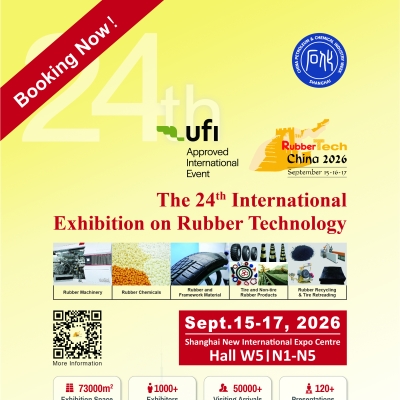
Comments (0)
ADD COMMENT